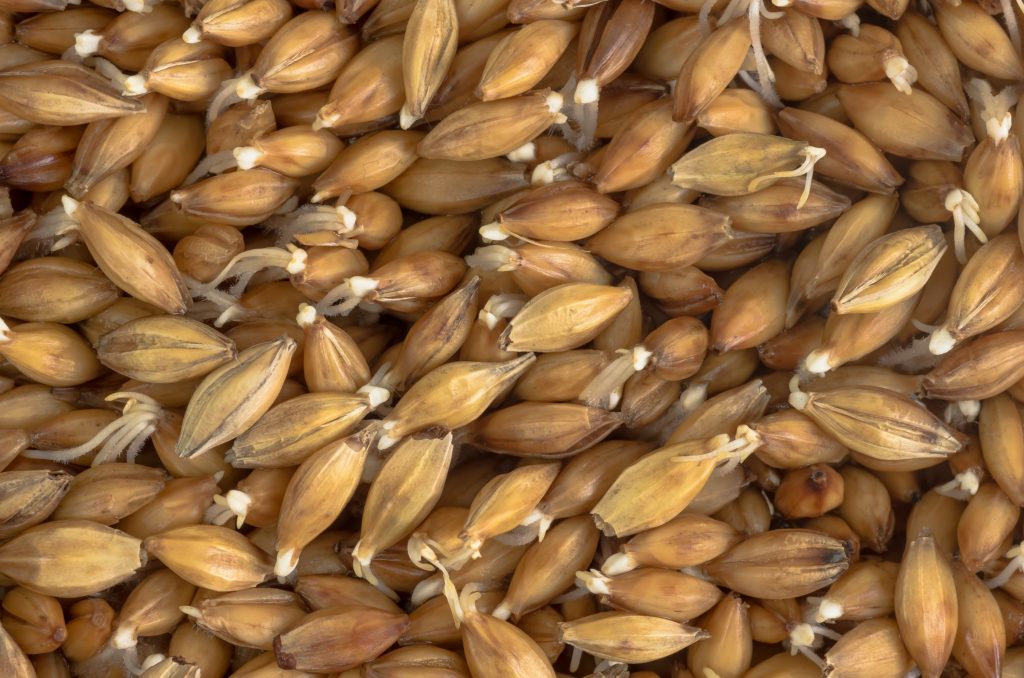Identifying ingredients that have nutrition value from existing waste streams is one way to make strides toward a more circular economy with regards to sustainable nutrition.
Brewery spent grains are the most abundant by-product of the brewing industry, mainly used as animal feed in current food systems. Brewery spent grains are rich in fiber, protein, and phenolic compounds, making them a potential candidate for upcycling into nutrition ingredients in the human food supply.

A recent study published in the Journal of Food Science measured the impact that nutrition and sustainability messaging had on consumer purchase intent for cereal bars using brewery spent grains as an ingredient. The bars contained 12% brewery spent grains and were tested against commercial cereal bars.
Sustainability and nutrition messaging had a positive effect
The cereal bar made with brewery spent grains was perceived as natural by a significantly higher number of panelists (49%) compared to the control product. Calling out the fiber content of the product had a positive impact on purchase intent, as did calling out the use of upcycled ingredients. For these panelists, the sustainability messaging had a larger impact on purchase intent than the nutrition messaging.
Overcoming taste challenges will be important for upcycled ingredients
The commercial cereal bar outperformed the bar formulated with brewery spent grains in most measures for sensory attributes and liking. This finding has a couple of implications. First, the finding that sustainability and nutrition messaging on the product still improved purchase intent for the product with brewery spent grains shows that consumers are willing to forgive some changes in taste. Second, it shows the importance of understanding the properties of upcycled ingredients, each of which will pose different challenges for taste and formulation.
High moisture levels pose a hurdle for upcycling spent grains
Interest in upcycling spent grains into the human food supply has been building for years due to its promising nutrient content. However, a main challenge is the high moisture content of this brewing by-product. Spent grain can be up to 70-80% water by weight, which poses a challenge for transportation costs due to the weight of water.
The high moisture content, combined with the nutrients found in spent grains, gives microbes an environment that encourages growth. This can lead to fast spoilage and potentially pose a foodbourne illness risk. These reasons are why spent grains have been mainly limited to being used as animal feed in locations local to the brewery in which they were created.
Methods that can reduce the risk of spoilage or growth of pathogenic bacteria, without addition of ingredients that would take away from the natural appeal of using an upcycled ingredient in food, will be key for using spent grains in the human food supply at a global level.
Implications of the study
Overall, this study showed that consumers desire seeing information about both nutrition and sustainability on a package. Although the participants of this study still had high purchase intent despite lower taste and sensory performance, another takeaway is that a product that is optimized for taste, sustainability, and nutrition can maximize appeal.
A link to the study can be found here: Impact of sustainability and nutritional messaging on Italian consumers’ purchase intent of cereal bars made with brewery spent grains

 We bring the voice of science to some of the most challenging questions facing the food and beverage industry day to day through our network of over 1000 Kerry scientists, external collaborators, and our Scientific Advisory Council. Our content comes straight from scientists and experts in nutrition, taste, food, and sensory sciences to make sure we are providing up-to-date, credible information to guide people shaping the future of food.
We bring the voice of science to some of the most challenging questions facing the food and beverage industry day to day through our network of over 1000 Kerry scientists, external collaborators, and our Scientific Advisory Council. Our content comes straight from scientists and experts in nutrition, taste, food, and sensory sciences to make sure we are providing up-to-date, credible information to guide people shaping the future of food. 

